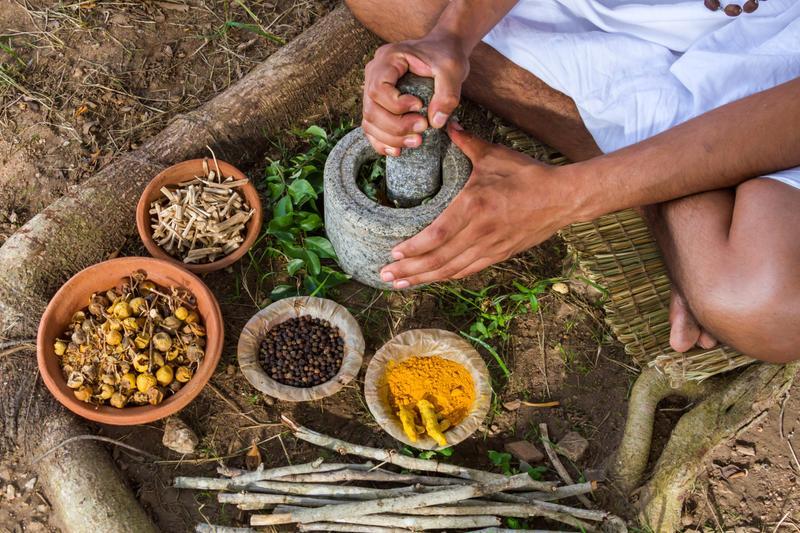What is an Ayurvedic Cleanse?
What is an Ayurvedic Cleanse?

WHAT IS AN AYURVEDIC CLEANSE?
An Ayurvedic cleanse is called a PanchaKarma. PanchaKarma means five actions,
which refers to the five treatments classically involved in a cleanse. Traditionally, a PK
is a sacred practice that is individualized to each person and completed over the course
of a month in a secluded environment. In our western culture, we use the term
PanchaKarma loosely. Hectic schedules and legal limitations don’t permit a traditional
PK, so we make it accessible for ourselves in our own versions of “PanchaKarma”.
SHOULD I DO A CLEANSE?
There are three different types of Pancha Karma therapies: tonification, purification and
palliation that serve different imbalances and constitutions. For simplicity, we’ll focus on
the purification type of Pancha Karma. In these types of PKs, a good candidate would
need to have strong ojas (energy), presence of ama (toxins), excess dhatu (tissue) or
excess kapha. PK (Purification Type) is NOT recommended for people who have low
ojas, weakness, exhaustion, weight loss, mental instability, very old age, very young,
pregnant or postpartum.
A traditional PK has THREE PHASES:
1. The Prep
2. The Techniques
3. The Post Care
1. The intention of THE PREP is to bring in all the toxins distributed throughout the body
to the digestive tract, where they can be dispelled using the techniques. THE PREP
involves a light diet with fresh, organic foods and avoids sugar, alcohol, fried foods,
gluten, dairy, and meats. The ideal duration is one week for Vata, 1-2 weeks for Pitta
and 3-4 weeks for Kapha. No matter the dosha, at least one week of the prep should
follow a mono diet of kitchari.
WHY KITCHARI?
Kitchari is the easiest thing for our body to digest. If the body doesn’t
have to think about digesting its current job, it can clean up past actions or karmas it
has been through. During the prep, the body also goes through Oleation and Swedana.
Oleation consists of the daily intake of medicated ghee, and sometimes Abhyanga. The
Swedana consists of steaming the body daily. The purpose of both is to soften and
loosen the ama that is stuck internally, so it is easily removed using the techniques in
Phase II.
The Prep also includes the setting of an intention for your experience. This will be
unique for everyone and will shape the individual experience.
2. THE TECHNIQUES include the cleansing tools. Traditionally, this would consist of all
five- Vamana (cleanse of the stomach-seat of kapha), Virechana (cleanse of small
intestine- seat of Pitta), Basti (cleanse of large intestine-seat of Vata), Nasya (deep
nasal/sinus cleanse), and Blood Letting. Most western, at-home PKs include only
Virechana and Basti and should only be done under the care of an Ayurvedic
Practitioner.
3. Finally, THE POST CARE eases the body out of the cleanse in a nurturing way. The
body is taxed after strong purification techniques, and it needs time to rebuild tissue and
ojas. So, the POST CARE can last anywhere from 1 to 6 weeks and consists of
reintroducing foods back into your diet. Right after the cleanse, your body is clean, but
your digestive fire needs to rebuild. It is best to start with light rice soup and ease your
way back to kitchari.
Be the first to post a message!